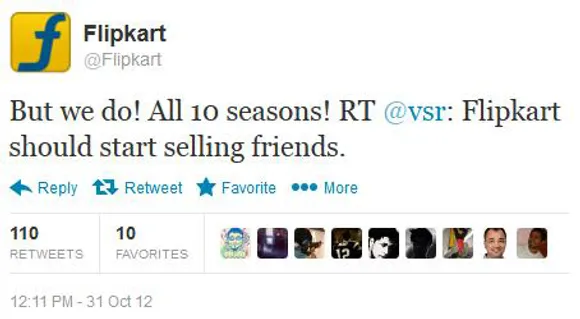Many people equate a television ad, or social media content, or even a tagline for a brand strategy. While all of these are possible elements, you still need a structure that binds all these if you want to create and maintain a perception in the mind of the customer. The italicised part is what I believe is the most concise definition of a brand. So, how can a Fractional CMO help a startup create a brand strategy, and how different is it from doing it through a set of specialists in brand, or content or social media or performance marketing? Here are 5 ways.
Table of Contents
Toggle1. Connecting business context to brand strategy
I believe that one of the key tasks of a CMO is to convert the business strategy and metrics into brand and growth strategies and metrics, without losing the essence of any of the three. In one word, alignment. In the absence of an experienced CMO, a Fractional CMO is able to utilise his/her learning from previous experiences to complement the customer understanding of the leadership/in-house team, and frame the context of the business in terms of the consumer, competition, and the company’s vision. More on this in Point 5.
2. Crafting the brand narrative
The brand’s business might not be unique, but its story should be. And the story can be derived from anything – a customer insight, the origin story, or a distinctive way of presenting itself. Anything that helps you create a compelling, sustainable differentiation.
A good example from the recent past is The Whole Truth. Built on the premise of ‘bringing truth back to food’ by busting the selective truths that big food brands were telling to suit their convenience, backed by products that were transparent about ingredients (see image below) and a content and communication strategy that sold told the story in an engaging manner. (A great deep dive by Winner Brands)
A Fractional CMO, through sheer experience and expertise, can reduce the learning curve on a bunch of things – from GTM to agency briefing and evaluation.

3. Building a brand identity
As important the narrative is, it needs to be complemented by a strong and sustained brand identity. Because this is what the customer sees around, it has a strong influence on creating and maintaining perception. As the image below shows, it has many components, which work collectively to create a distinct perception in the mind of the customer.

For example, in the early days, Flipkart’s Twitter handle did a fantastic job of using relatability and humour, and endearing itself to customers. A strategy followed by Dunzo in recent years. Think about it – Dunzo and Grofers and Swiggy Instamart practically do the same thing, but which brand would you say has an identity that influences you? (for a minute, forget the business model)

4. Aligning stakeholders for a seamless customer experience
The above two can also be done by a brand specialist, but the customer perception doesn’t stick to silos. Everything from a tweet to a payment gateway failure influences it. There are many common examples. Creatives used for performance marketing not aligned to sustainable brand growth. Yes, maybe business requires discounts, but you can do storytelling on that too. Or the tonality of the content on the website, app, or social media. Aligning these different folks is something a Fractional CMO can do very well – simply by virtue of stakeholder management skills, and objectivity.
5. Measuring what matters
Too often, stakeholders get caught up in metrics that matter to them, but not as much to the larger objective. The Performance/Growth Marketer would claim great CTRs, and the person taking care of CRO (Conversion Rate Optimisation) would claim low quality traffic when asked about conversions! Closing the loop on the very first point – connecting the business context to the activities of team members is crucial for alignment. This gives them direction, and ensures they’re contributing to an organisational goal while working towards their own KPIs/KRAs. This is something a Fractional CMO is well placed to carry out because of their non-partisanship to any particular team.
A brand strategy, when planned and executed well, delivers disproportionate returns for the business. It is important to start on that as early as possible because getting the engine going does take a little time. A startup, even if it does not have the resources to hire a full-time resource, can get started with the help of a Fractional CMO.

[…] have written about this brand in an earlier post – in the context of brand strategy. Do read that to get a slightly more holistic view of the overall play. It is a great example to […]